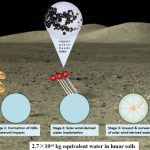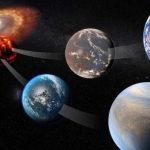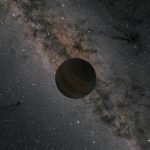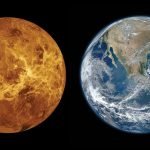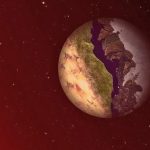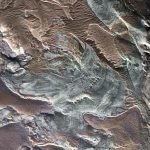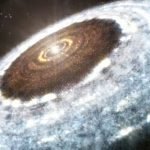Giant planet atmospheres do not fit our own solar system trend, shows study
An international team of astronomers has found the atmospheric compositions of giant planets out in the galaxy do not fit our own solar system...
Scientists discover new water reservoir on Moon
Lunar surface water has attracted much attention due to its potential for in-situ resource utilization by future lunar exploration missions and other space missions
Now,...
Scientists upgrade their techniques for hunting Venus-like planets
With the first paper compiling all known information about planets like Venus beyond our solar system, scientists are the closest they’ve ever been to...
Scientists discover possible rogue planets hidden in old survey data
Scientists have found what appear to be rogue planets hidden in old survey data.
How did early Earth’s hydrogen and oxygen come from?
Molecular oxygen (O2) is essential for respiration on today's Earth, but the early atmosphere was almost devoid of oxygen until the Great Oxidation Event.
How...
Was Venus ever habitable? New UChicago study casts doubt
A new study from the University of Chicago argues there is little chance the planet Venus was ever habitable.
Scientists discover a hot Neptune that shouldn’t exist
1800 light-years away, an unlikely survivor orbits an aged star.
This rare planet is called a hot Neptune, and it’s one of only a small...
Could ‘terminator zones’ on far off planets harbor life?
Extraterrestrial life has the potential to exist on distant exoplanets inside special areas called “terminator zones”.
Scientists discover remnants of relict glacier near the equator on Mars
If there is still water ice preserved at shallow depths at a low latitude on Mars, there would be implications for science and human...
How water gets to planets like Earth
Understanding the history of water in the universe is critical to understanding how planets like Earth come to be.


